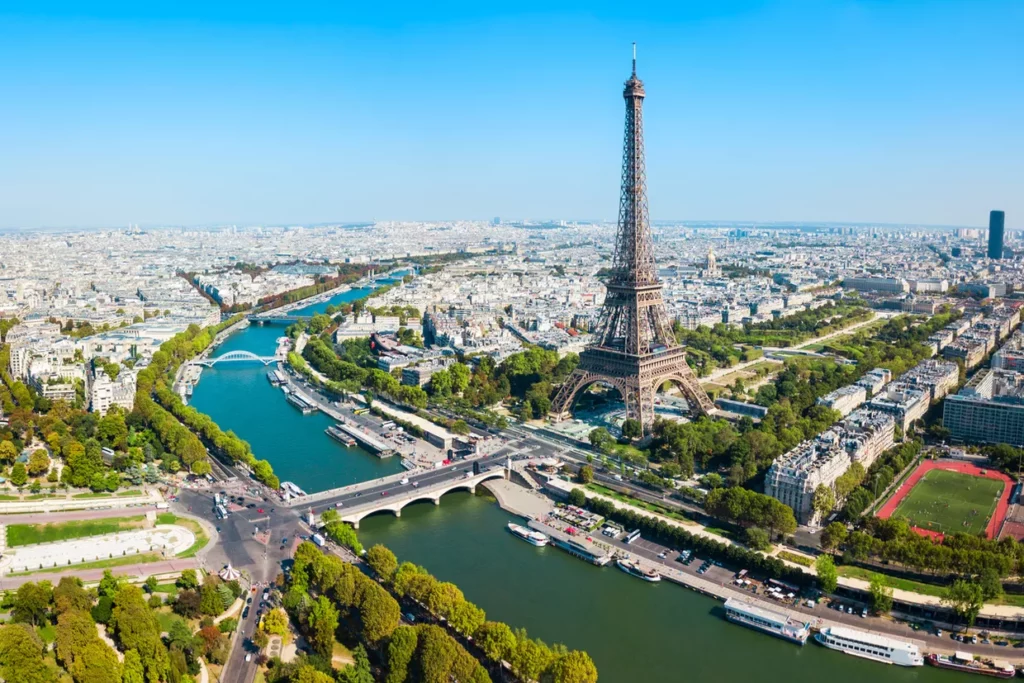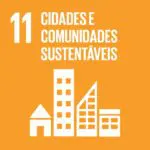
Fashion Revolution Week. The week that makes us think about what we wear has arrived
Fashion Revolution Week kicks off with days full of talks, lectures, trading markets and lots of ideas exchanged about the fashion industry. In the year
No, these are not cities that run out of time. These are cities we won’t want to leave – more accessible, functional and sustainable.
What if you could have your workplace and essential services just 15 minutes from your home? The urban planning concept – “15 Minute City” – advocates just that. That our daily commute can be done in just 15 minutes by foot, bicycle, or public transportation.
Paris sets the example
It was in the French capital that Franco-Colombian professor, Carlos Moreno, created this concept of proximity that he presented at COP21, the United Nations meeting that gave rise to the Paris climate agreements in 2015. Anne Hidalgo, the first woman to hold the office of Mayor of Paris, has since demonstrated her support and political commitment to the transformation of the city of Paris into the “15 Minute City”.
Her measures include the revitalization of major public squares so that there are more green spaces for pedestrians, more bike lanes, bike share programs, and restricted circulation for cars in certain areas. To stimulate local commerce, the Chamber acquired private stores that it put out to tender to stimulate local production in shorter circuits, in the area of food, culture, and handicrafts. Pilot projects are also being developed in schools to open them up to the public as places to socialize, especially in the evenings and on weekends. Amphitheaters are gaining new functionality as performance and meeting places, and urban agriculture is taking unlikely spaces and turning them into visible resources, such as the garden located on the roof of the Paris Opera House. Did you know that since the 1980s there have been beehives located on the most famous rooftops of the French capital, such as those of the Musée d’Orsay, the Mint, or the French Academy?

Giving the city back to the people
“15 Minute Cities” should be “places where we can live, work, and thrive without having to move elsewhere,” Moreno explains in hisTED talk.
How? Rethinking mobility, developing a local economy through fair trade accessible to all, re-localizing work, creating conditions for a higher quality of life for its citizens, promoting social connections, and allowing them to be more active and supportive of their neighbors. Finally, building more recreational spaces and mixed-use spaces such as public gardens, educational farms, and others.
Why? To make cities moresustainableplaces , with less traffic and greenhouse gas emissions, where there is more quality of life by promoting physical activity, social interaction and a sense of community, are more accessiblewith essential services and jobs for all people regardless of their gender and social and economic status.
Can Lisbon be a “15 minute city”?
Micro-mobility is being worked on in Lisbon, through investment in shared bike systems, such as the GIRA, which plans to expand its renewed fleet to all of Lisbon’s parishes. In Cascais, the MobiCascais application allows users to choose more sustainable travel options and the respective nearest parking spaces and charging stations.
In turn, the expansion of Lisbon’s subway line plans to connect Cais do Sodré to Campo Grande, forming a circular ring in the center of Lisbon and improving citizens’ accessibility. And we have also seen an improvement in the bicycle path works.
MUBI, the Association for Urban Mobility, simplifies the importance of adopting the bicycle as a means of transportation. “Cyclists produce 84% less mobility-related CO2 emissions than non-cyclists. “If a family can do without a car, they will save 4,000 euros a year on average, which they can use on their children’s education, housing, culture or leisure activities, for example,” says the official site.
Across Europe, countries such as France, the Netherlands, and Belgium award compensation to workers who cycle to their workplace according to the kilometers they ride. In Portugal, other incentive measures such as reducing the VAT rate for bicycles are also being discussed in this context.
Besides mobility, Lisbon has shown its support in the area of entrepreneurship and the creation of new public spaces with mixed-use buildings, as will be the case of the “Campo Novo” project, a neighborhood in the heart of Alvalade that will include apartments, offices, cafes, stores, restaurants, and 20,000 square meters of gardens, planned for March 2023. Or the “Oriente Green Campus”, an office complex in Moscavide that will be the first to receive LEED Platinum certification in Lisbon, a certification for sustainable construction awarded by the United States Green Building Council.
How can we help promote this concept?
Political commitment is essential, but each of us can, and should, give voice to this issue through a collaborative approach with municipal entities, local businesses, and community organizations. Our neighborhoods will be so much more ours if they are a reflection of a shared vision.


Fashion Revolution Week kicks off with days full of talks, lectures, trading markets and lots of ideas exchanged about the fashion industry. In the year

Hit the road. A Viagem pelo Clima (Journey for the Climate) is a team competition that gives you the opportunity to travel around Portugal for

Kindology is a project that promotes access to mental health care by offering psychology appointments to those who can’t afford them. Each Portuguese is absent

This article addresses an action that promotes change towards more inclusive, safe, resilient and sustainable cities and communities, helping toreduce the adverse environmental impact of cities.
 To discover businesses that are actively working to contribute to this Sustainable Development Goal, click here.
To discover businesses that are actively working to contribute to this Sustainable Development Goal, click here. To read news, interviews or tips related to this Goal, click here.
To read news, interviews or tips related to this Goal, click here.Esta publicação também está disponível em:
![]() Português (Portuguese (Portugal))
Português (Portuguese (Portugal))